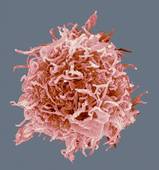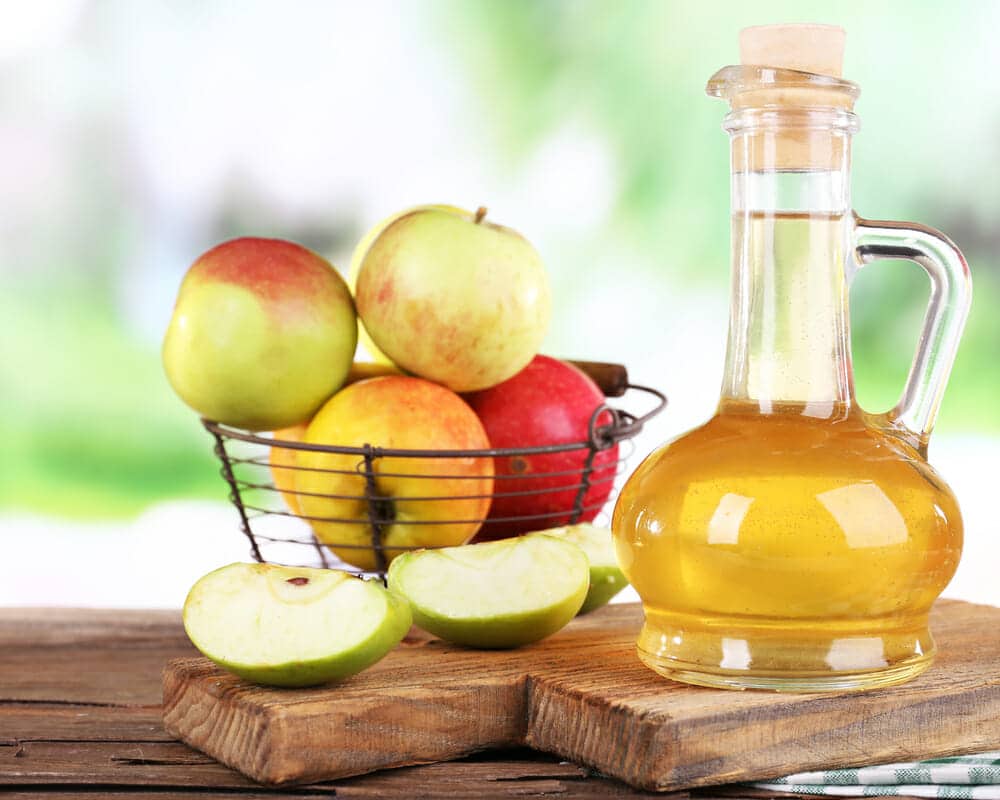Listeria is one of several dangerous food-borne bacteria that are threatening us every day we shop for groceries. While it normally affects only about 1,600 Americans yearly, it can be deadly even if treated in time. The challenge for food producers is to eliminate listeria, and other deadly pathogens, from food before they come to our plate. Researchers and engineers from Rensselaer Polytechnic Institute came up with a new innovative method of killing harmful bacteria, including listeria, in food packaging and handling. This new method offers an alternative to the antibiotics and chemicals that are currently used for food decontamination, often ending up as part of our meal.
How serious is listeria?
Regardless of the relatively small number of people that get infected by listeria, CDC considers the treat very seriously. The last big outbreak in 2002 was caused by contaminated turkey deli which affected 54 people, eight of them fatally. In 2012, imported ricotta cheese was infected with listeria, infecting 22 people of which four died.
Listeriosis, the disease caused by listeria, affects primarily older people, pregnant women, babies and people with compromised immune systems.
The most common symptoms of listeriosis are: fever, muscle aches, headache, stiff neck, convulsions, diarrhea and other stomach problems. In almost all cases, the bacteria spread from the gastrointestinal tract to other parts of the body. The disease is particularly dangerous for pregnant women, who in many cases lose the baby or have premature delivery.
The study
Scientists from the Rensselaer Polytechnic Institute combined two innovative approaches to attacking listeria: one is the use of nanoparticles, and other is the use of cell lytic enzyme.
The researchers attached cell lytic enzymes to FDA- approved silica nanoparticles, and made a fine coating able to selectively destroy listeria. This powder coating kills listeria on direct contact, even when in very high concentrations, almost instantly, without having any effect on other bacteria. Another option the scientists explored was to attach the lytic enzymes to starch nanoparticles, which are commonly used in many food packaging materials.
Scientists believe that they can use the same method, but with different lytic enzyme, to target other dangerous bacteria, such as anthrax.
Results of the study were published in the Scientific Reports journal, a publication of the Nature Publishing Group.
Nanotechnology in medicine
Nanotechnology is showing exciting promise in medicine, as well as many other industries. It is the technology that deals with very tiny particles of matter called nanoparticles. One nanometer is approximately the size of three atoms in a row or one-millionth of a millimeter. Nanoparticles show great promise as advanced diagnostic sensors, for better drug delivery and medical imaging.
FDA has approved in June 2011 the use of nanoparticles called Cornel Dots for use in optical imaging of cancer cells. Cornell Dots are bright, glowing nanoparticles that light up cancer cells during PET-optical imaging. They are tiny silica spheres, less than 8 nanometers in diameter, which enclose inside of them several molecules of dye. The silica shell, which is basically glass, is harmless to our body and small enough to safely pass through and exit in the urine.
Learning from nature
Another innovative tool the scientists from the Rensselaer Polytechnic Institute used in their approach to destroying listeria was the use of lytic enzymes or lysins. Lysins are very evolved molecules created by viruses that attack bacteria. Viruses use lysins to destroy cell wall of the bacteria they infect. Copying this process, scientists used lytic enzyme to break down the wall of listeria cells and effectively destroy them.
Attacking listeria is not the first successful use of nanoparticles and lysins by the Rensselaer scientists. In 2010, they created a coating for destroying antibiotic-resistant Staphylococcus aureus (MRSA), dangerous bacteria responsible for many antibiotic-resistant infections. The coating was used to spray surgical equipment and walls in hospitals. In case of listeria, scientists had the additional challenge of creating a coating that is also food-safe.
Scientists hope that this new method of targeting and destroying particular bacteria offers hope of targeting other dangerous pathogens. They believe that the stable, food-safe coating of produce picking equipment, packaging materials and food preparation stations and tools is better strategy for dealing with listeria than chemical decontaminants or antibiotics. It would ensure that the produce is safe from pathogens before coming on the market, preventing many cases of food-borne diseases.









